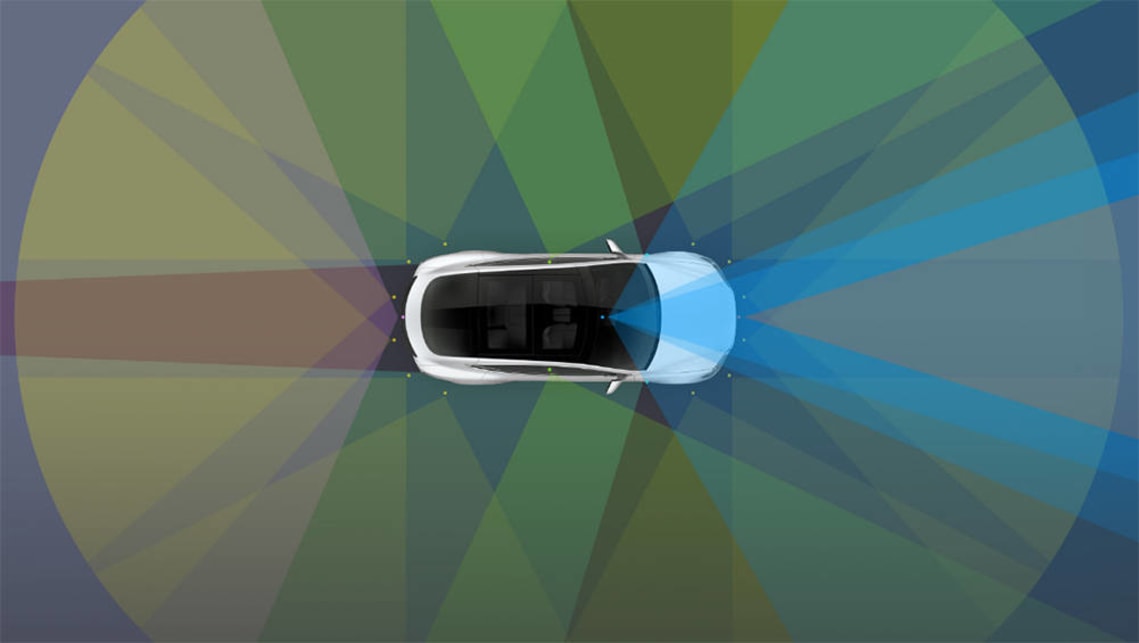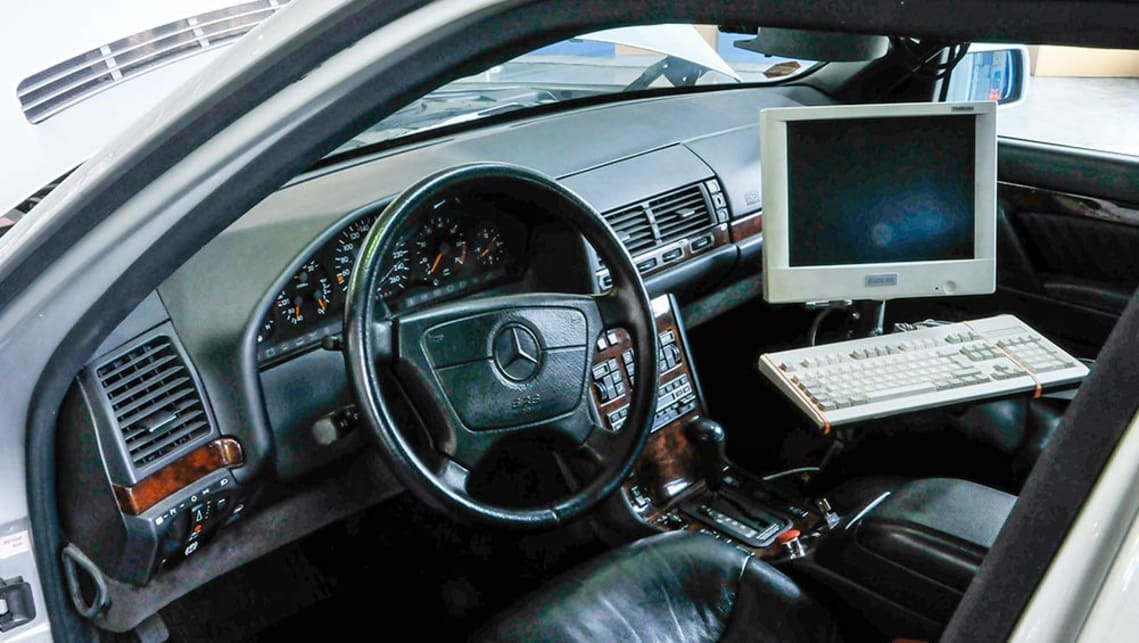
Autonomous driving tech explained

If you’re a bit scared of computers controlling your life, tune out now because in all likelihood, autonomous technology is already in your car, watching you and everything else.
Remember when the most technical elements of cars could be described with three-letter acronyms? ABS, ESP and AEB represent some of the most significant steps forward in terms of safety and technology but a lot of people wouldn’t even know what they stand for.
When you look at how autonomous cars work, and see words like photons, telemetry, LIDAR and something called ‘The Eureka PROMETHEUS Project’ you’d be forgiven for thinking we were talking about a Sci-Fi film.
We’re not though. We’re talking, very seriously, about how driverless cars can ‘see’ the world around them. It’s an important thing to understand, because your life may already be in the hands of these systems.
Autonomous vehicle technology
How do self-driving cars work? They employ a bunch of elements to work concurrently to produce an image of the world around them. The detail of this image varies considerably depending on the level of automation involved, but that’s a whole other story.
GPS (Global Positioning Satellite)
You’ll be familiar with this one already. GPS systems have been installed in production cars since the 90s and have become more advanced through time.
Originally these systems just used triangulation to locate your position on the globe, but now employ gyroscopes and accelerometers to more accurately predict your location down to which lane you are in. Thanks to the advent of the internet, GPS mapping is seldom inaccurate.
RADAR, SONAR and LIDAR
When car manufacturers talk about ‘sensors’ they are almost always talking about one or more of these systems. They send and receive waves on the electromagnetic spectrum – invisible to humans - such as radio and ultraviolet to create an image of the car’s surroundings.
Such cars can also see far more than a human. They can see through dust, snow, rain, solid objects and around corners. If your car has parking sensors, AEB or adaptive (radar) cruise control you’re already using one of these technologies.
On-board computers and the internet
Where sensors fail, the gaps are filled by historical map data. Many modern cars and even phone GPS systems are constantly collecting data on traffic conditions and driving habits. It adds up to millions of hours of driving ‘experience’. This information is compared to sensor data to correctly assess hazards.
Take for example a low hanging sign just before a downhill drop. The sensors may identify this as an imminent collision, but historical data allows autonomous cars to white-list the object and continue on.
Ironically, collecting such information relies on non-automated drivers to be on the road to create these data-points. One big challenge that will need to be addressed for an all-autonomous future.
This all sounds great, but aren’t autonomous cars too new to be trusted?
They’ve been around a lot longer than you probably think. The first successful on-road autonomous car trial started way back in 1986 with the Eureka PROMETHEUS project.
It sounds like something developed at a secret government facility by ‘top men’ but actually it was a far less sinister self-driving project spearheaded by Daimler-Benz, Mercedes-Benz’s parent company.
The project was deemed a success in 1995 when a re-engineered Mercedes-Benz S-Class successfully travelled 1000 miles (1609km) in autonomous mode with relatively minor intervention by the human driver.
We’ve come a long way since then. The PROMETHEUS S-Class had only four visual-spectrum cameras and a giant computer system that took up almost all of the back seat (a pretty big space in an S-Class).
To put that in perspective, today’s Tesla Model S has eight surround cameras, twelve ultrasonic sensors and a forward radar array. The computer has thousands of times the processing power of the PROMETHEUS S-Class and is so small it’s hidden away behind the dashboard somewhere. It can assemble a 360-degree, three-dimensional image of the car’s surroundings every tenth of a second.
If you still find this all a bit hard to imagine, check out this video of a Tesla driving itself in full autonomous mode.
What about the accidents?
There have been some widely reported accidents relating to Tesla’s self-driving features. The technology may not be 100% safe yet, despite being able to ‘see’ generally better than people.
However, Google’s fleet of autonomous vehicles which have been on trial in the US for more than two years has generated some data that shows us humans may be more of a problem.
In 2016 self-driving cars in the Google fleet have been involved in 16 minor traffic accidents. All of which have been a result of human error. Twelve people either rear-ended or side-swiped an autonomous car and the other four accidents occurred during a manual driver override.
Who is currently making self-driving cars and how much do they cost?
Google has a small fleet of self-driving cars consisting of modified Lexus, Toyota and Audi models as well as an in-house design that looks a little bit like a koala for some reason. They are not for sale.
Tesla’s current Model S and Model X models have autonomous features built in. The yet-to-be-released Model 3 will also have these features. A model S costs from $100,800.
The new Mercedes-Benz E-Class sedan has partial autonomy with its “Drive Pilot” cruise control. It costs from $89,900.
BMW and Ford both aim to have self-driving car fleets on the road by 2021. BMW has hinted at its self-driving future with the Vision 100 Concept.
Volvo’s self-driving cars are slowly being rolled out in Sweden, the technology looks to be very similar to equivalent Tesla and Mercedes-Benz systems and will likely be first available in the XC90.










Comments